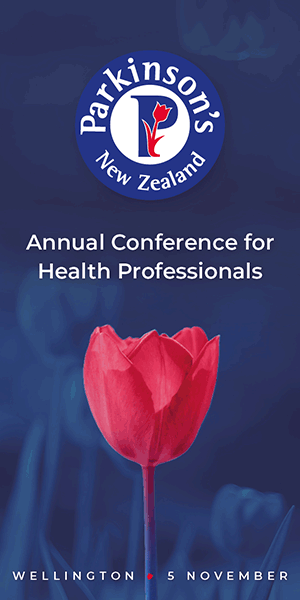Primary health services not fit for purpose – for Māori
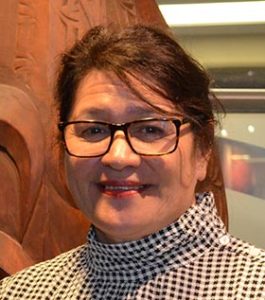
Tōpūtanga Tupuhi Kaitiaki o Aotearoa NZNO kaiwhakahaere Kerri Nuku said the Sapere report was a step in the right direction as the capitation funding model for primary health-care (PHC) services was inadequate.
However, she said it didn’t take into account cultural/tikanga or hauora measures of wellbeing, and only considered medical models.
Nuku questioned the ability of the general practice system to deliver more innovative models to respond to community needs including culturally appropriate services for Māori.
She fully supported all nurses receiving pay parity, but was not sure about where the funding should come from to achieve this, due to a lack of transparency.
“[GPs] are a private business so they don’t have the same level of transparency as you do in the public domain.”
The WAI 2575 claim against te Tiriti breaches, in which NZNO was a claimant, clearly established that funding for the PHC system disadvantaged providers “that predominantly serve high-needs populations, particularly Māori primary health organisations and providers”.
The system had advantaged general practice owners, who were not required to demonstrate the adequacy of services and outcomes for Māori.
A WAI 2575 stage one report in 2019 recommended the Government conduct “an urgent and thorough review of funding for primary health care, to align it more closely with the aim of achieving equitable health outcomes for Māori”.
Nuku said she hoped this would look at the wider issues of improved service provision, and not just increasing funding for the same providers and services.
“Yes, [the capitation] funding model is not fit-for-purpose — however, neither is the primary health care model fit for consumers.”
“A future capitation funding approach” by research company Sapere found that to provide the current level of service, the average general practice needs nine per cent more revenue (including funding and patient fee) just to break even.
If general practices were to provide a higher level of service — an option needed to address unmet need and inequity — most would need a median funding lift of between 10 and 20 per cent.
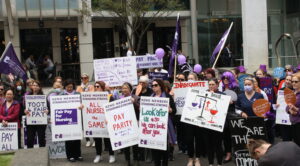
An increase of between 34 and 231 per cent in revenue would be needed for practices serving communities with very high health needs.
“We find that total status quo general practice revenue lies below the likely true cost of delivering care at current levels.”
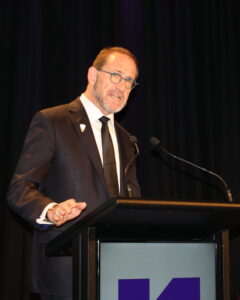
General practices have repeatedly said they cannot support a pay parity deal with nurses under the Primary Health Care (PHC) MECA as they don’t receive enough Government funding, and their ability to increase fees is constrained by legislation.
A three per cent lift to capitation funding this year was passed on to PHC members in bargaining for a new MECA. The offer was rejected.
Despite a strike and rallies calling for pay parity, a $200m annual funding package for primary care to receive pay parity on November 28 excluded nurses who work for general practices.
Minister of Health Andrew Little said there wasn’t “any real evidence of pay difference at this point”.
The Sapere report was submitted on July 5 this year — but wasn’t released for another four-and-a half months later by Little.
What’s wrong with general practice funding?
The report addressed “a number of fundamental problems with the existing formula”, its authors said. “The Wai 2575 claim has established clearly that the current funding mechanism for primary health care is inequitable.”
Sapere’s approach factored in age, sex, ethnicity, deprivation and morbidity of patients, and the time clinicians spend with a patient, rather than the number of consultations. It uses a higher level of care and cost for Māori, Pacific people and those with the highest level of socio-economic deprivation — as a form of redress for the inequity.
The results were stark.
“We find that total status quo general practice revenue lies below the likely true cost of delivering care at current levels.
“This is consistent with widespread anecdotal evidence of constraint in general practice services, with difficulty recruiting and retaining the workforce, and rising barriers for access to care (such as delays in being able to make appointments and practices declining to enrol new patients).”
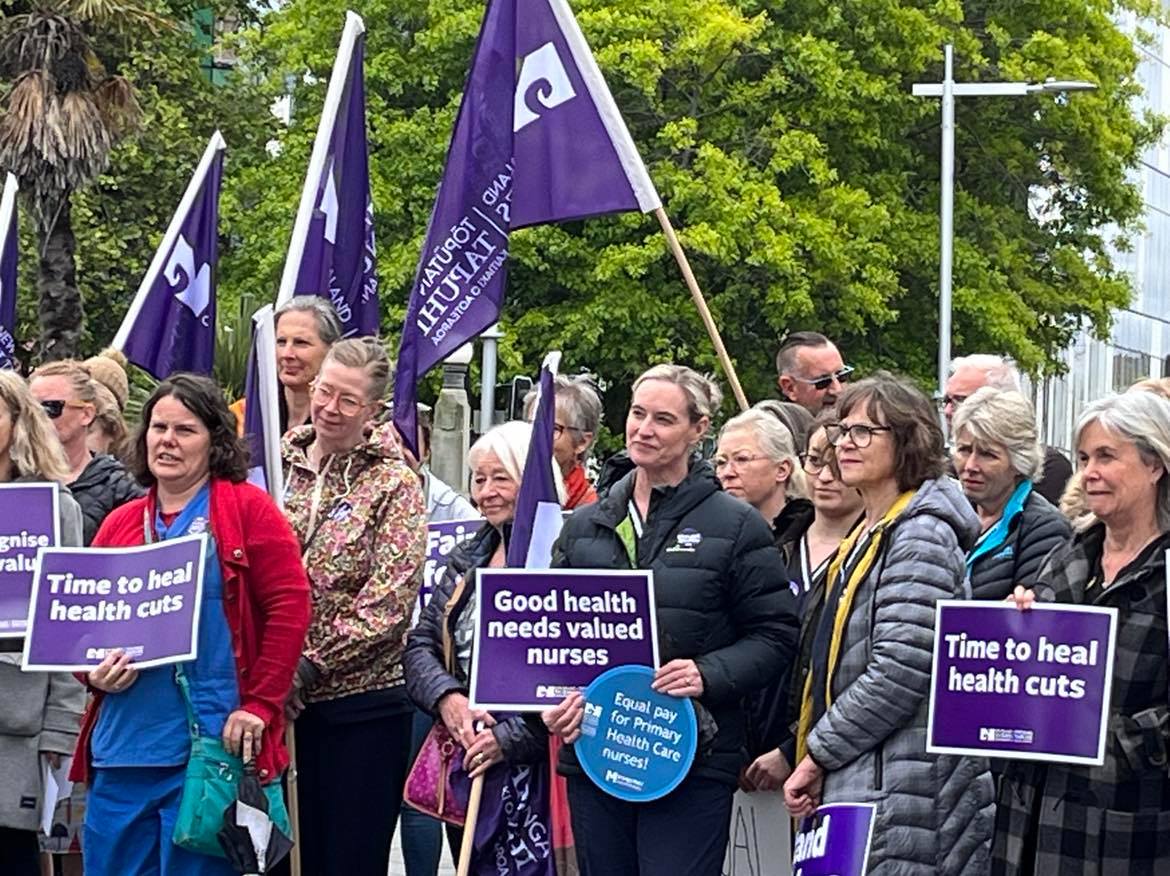
Calls for change ignored
Health officials continued defending the existing funding formula, official information provided to Kaitiaki shows.
Groups representing general practices lobbied the Government to ditch the funding model for an alternative they had developed which better reflected financial realities, and would support pay parity — but this was ignored.
In an April memo to the Ministry of Health, GPs said parties to the contract for general practice services (providers and district health boards) had already agreed the existing funding formula was “not fit-for-purpose”.
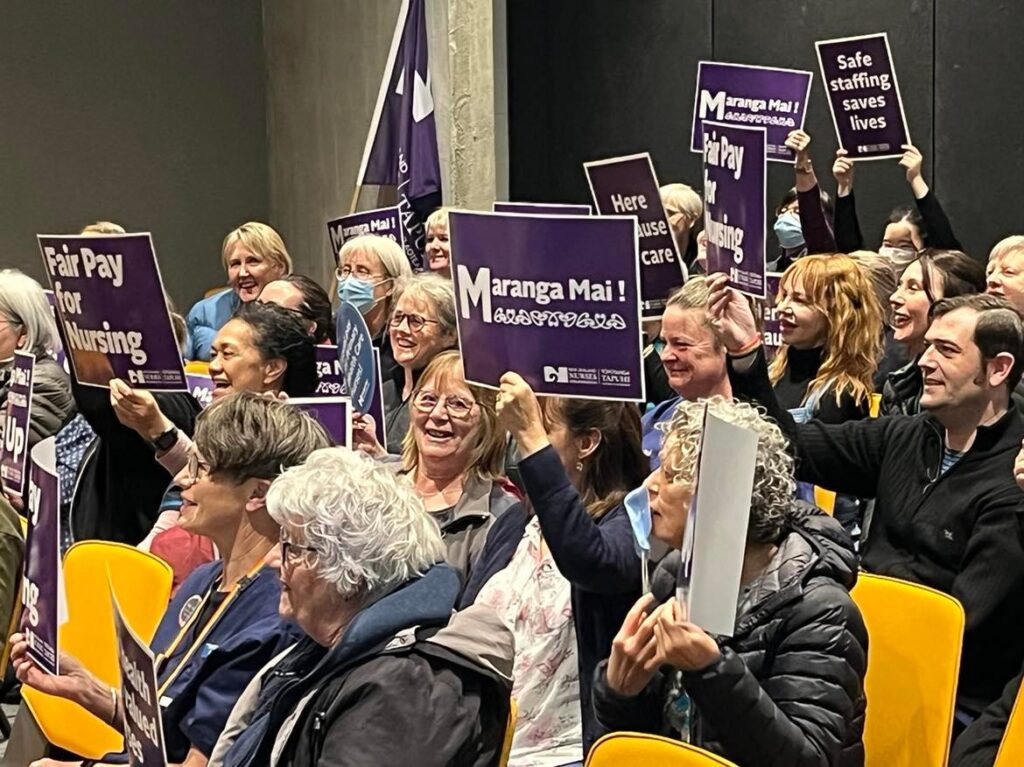
Use of the flawed system resulted in cost pressures being unfunded for six to 18 months and vastly underestimated the true workforce costs, they said.
In May this year the group tried again, this time writing to the interim Māori Health Authority and Health NZ.
Despite this, Te Whatu Ora used the current model and advised of the capitation funding increase on May 30. It was confirmed at a meeting on June 1.
GPs profiting?
GenPro, which represents a group of GP owners, and is party to the PHC MECA, continued its advocacy for pay parity in a letter to Little on October 17.
In response, Te Whatu Ora advised the Minister “there is sufficient funding in the system to settle the current PHC MECA bargaining”, documents show.
” . . . it is anticipated that this funding has generated a healthy rate of return for general practice owners.”
Advisors pointed to anecdotal feedback that some GPs were already paying at or above hospital MECA rates, “and can afford to do so”.
They said funding of over $8m in immunisation services this year, was provided to fund nursing workforce cost pressures.
A three per cent lift in capitation funding provided an additional $86.3 million, of which $52.6 million would be available for pay parity, estimated to cost $7.7 million.
On top of that, they argued, over $460 million had been made available for COVID-19 services (excluding testing and vaccinations) since 2019/2020.
” . . . it is anticipated that this funding has generated a healthy rate of return for general practice owners.”
When will the Government review PHC services and funding?
The Government has committed to an overhaul of the way general practice is funded, following a recommendation that came out of the WAI 2575 claim in 2019, but Te Whatu Ora has not provided a timeline for this, to date.

Te Whatu Ora board chair Rob Campbell said the Sapere report findings were not a priority, and producing a conclusion about a new funding model was still “months away” at a media briefing after the report was released, Business Desk reported.
What’s next for PHC pay parity?
On December 12, NZNO PHC MECA representatives met with employers, but were unable to make further progress on pay negotiations without a commitment from the Government for extra funding, NZNO industrial advocate Danielle Davies said.
The Minister’s decision to exclude general practice and Whānau Awhina Plunket from the $200m funding for pay parity, “left us all with a bitter taste, as we know that some of our members are paid more than 10 per cent less than their Te Whatu Ora colleagues”.
A new pay survey of PHC members drew more than 1000 responses, and the information will be used to show a definitive pay disparity with Te Whatu Ora members, Davies said.
NZNO president Anne Daniels said the Sapere report was very clear about the funding problems, and what changes needed to occur.
“It’s not rocket science and needs to be done, it’s just that simple.”
She said the report did not include rural and after hours services, so more work was needed to address those.
It also highlighted the critical need to improve the supply of PHC workers, and the distribution of services both geographically and demographically.
“I believe this is a real opportunity for the Government — for student nurses to be bonded to rural or after-hours services so that they can recruit and retain nurses to those areas, and to incentivise nurse practitioner, GP, rural and after-hours services.”



